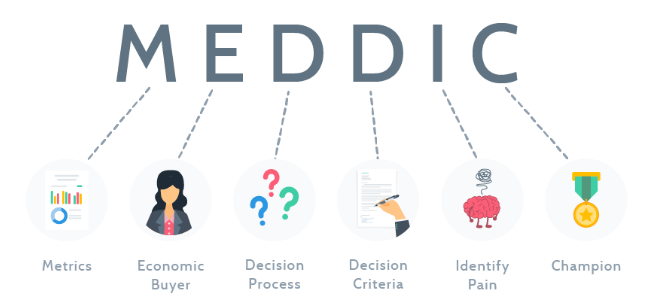Cringey Sales Tactics: How to Avoid Turning Off Potential Customers
Do you want to learn about cringey tactics and avoid being pushy?

Sales is all about building relationships and convincing potential customers to buy your product or service. However, certain tactics can turn off potential customers and make them less likely to buy from you. These are what we call "cringey" sales tactics. Here are a few examples of cringey sales tactics and why they don't work:
1. Hard selling:
This is when a salesperson is overly aggressive in trying to close a sale. They may use high-pressure tactics like repeatedly calling or emailing a potential customer or using scare tactics to try and convince them to buy. This approach can come across as pushy and desperate, and it can make potential customers feel uncomfortable and less likely to trust you.
2. Faking interest: This is when a salesperson pretends to be interested in a potential customer's needs and problems, but in reality, they don't care. This tactic can be easily spotted by customers and can make them feel like they are being manipulated.
3. Using "buzzwords": This is when a salesperson uses jargon or buzzwords that the potential customer may not understand in order to make themselves seem more knowledgeable. This approach can come across as insincere and can make the customer feel like the salesperson is trying to deceive them.
4. Overpromising: This is when a salesperson makes unrealistic promises or guarantees about their product or service. This approach can backfire when the customer realizes that the product or service can't deliver on what was promised.
5. Not listening: This is when a salesperson talks too much and doesn't listen to the potential customer. This approach can make the customer feel like the salesperson is not interested in their needs or problems, making them less likely to trust the salesperson.
In conclusion, effective sales is all about building trust and understanding the customer's needs. Using cringey sales tactics can harm your chances of making a sale. Instead, focus on building a genuine relationship with your potential customers and providing them with real solutions to their problems. Identifying metrics and decision criteria with your champion can help you build urgency authentically.



